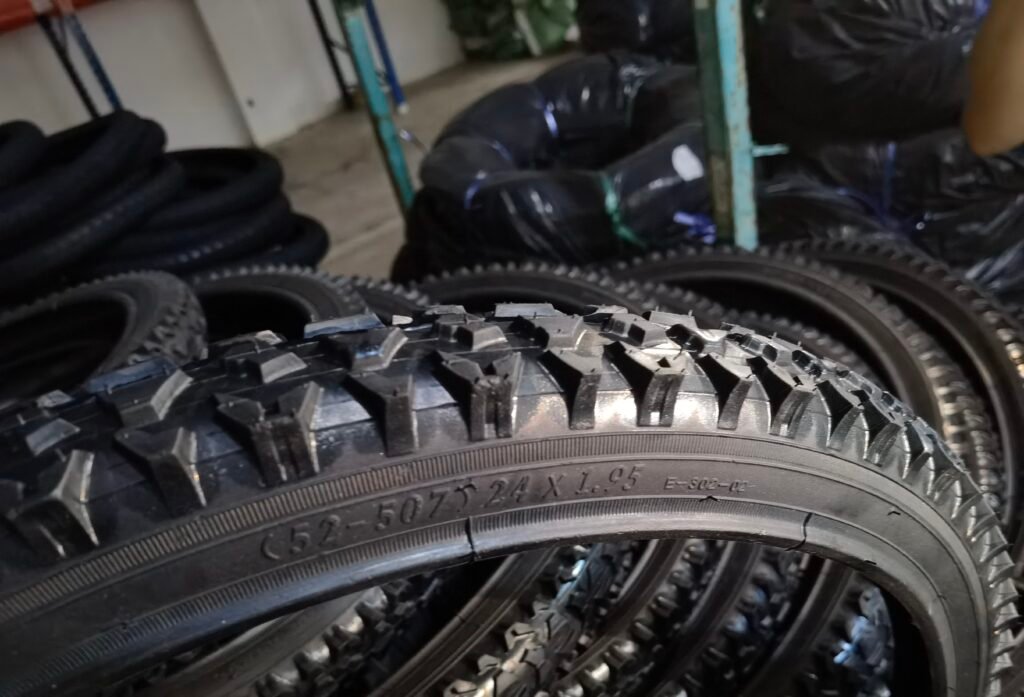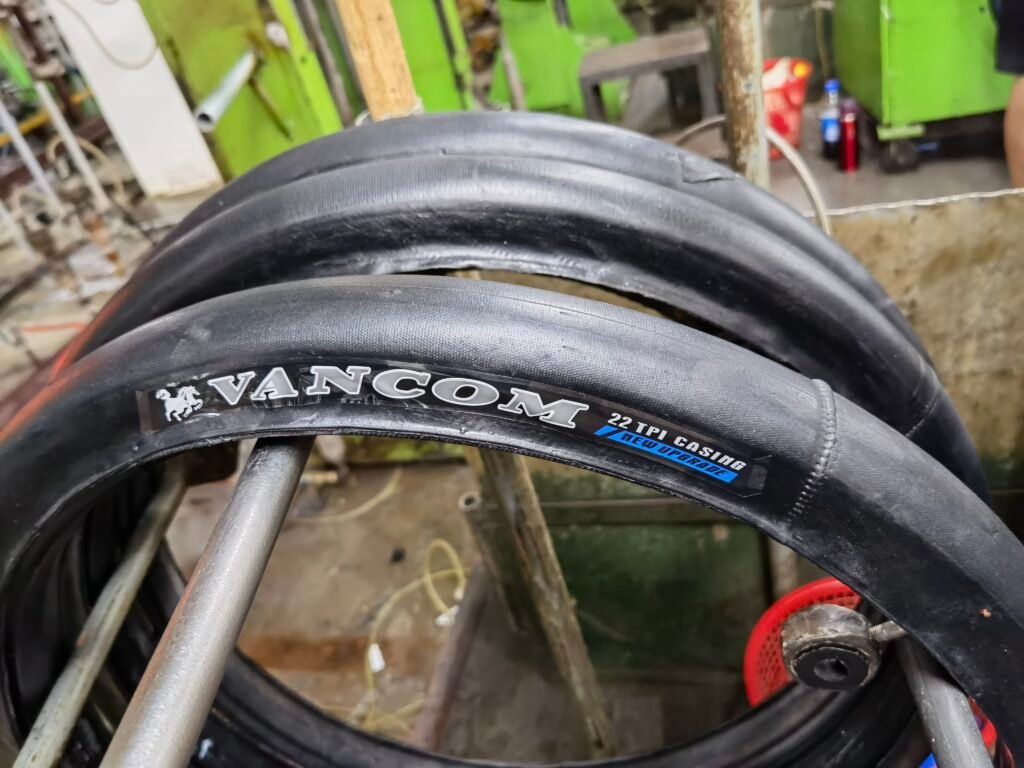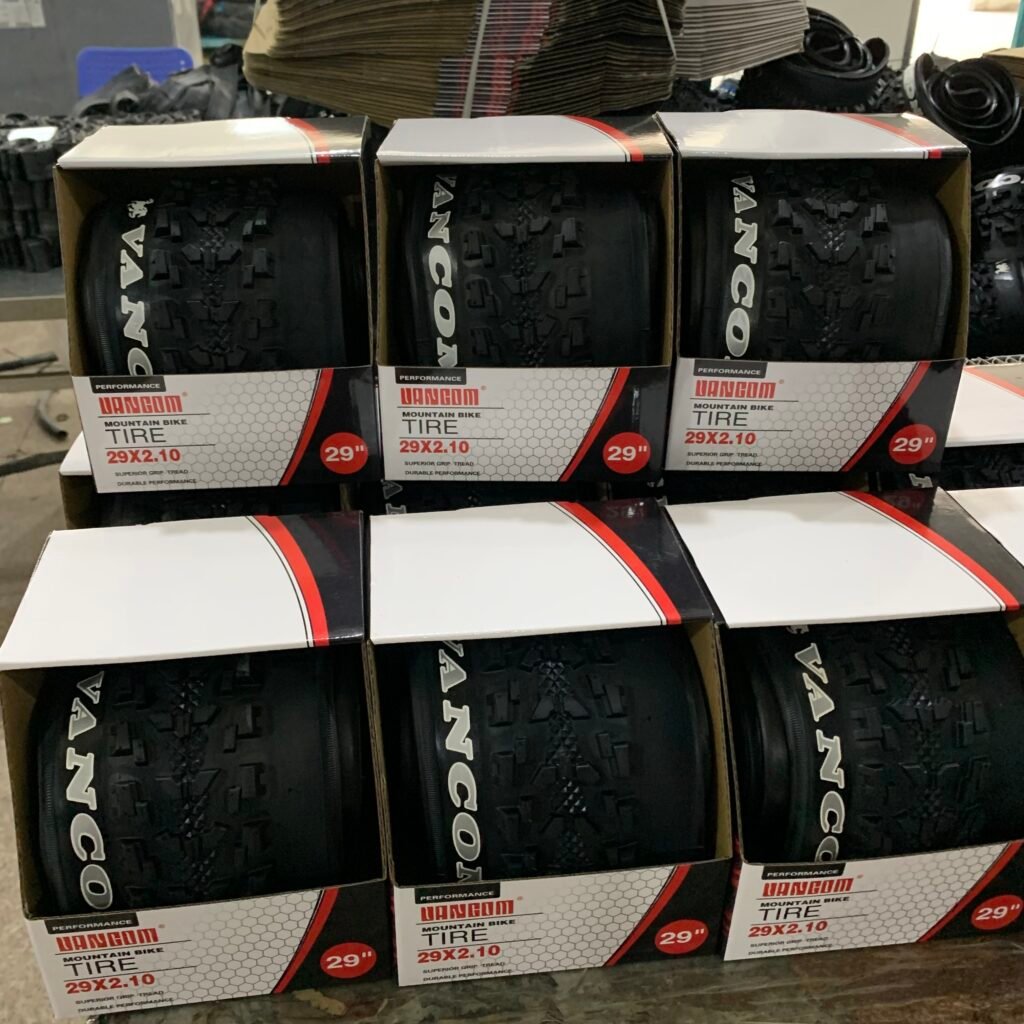As a cyclist, everyone may not necessarily have the opportunity to fight on the top race field like a professional cyclist, but they can at least arm themselves from the equipment and knowledge. For example, first understand the important knowledge points about the bicycle fetus.
Although a small tire, it has a very direct impact on riding, a suitable outer tire can let the driver like a tiger to add wings. But in the choice of external fetus, but also pay special attention to some easy to confuse the “pit”, be careful not to step on !

Question 1: The lighter the tire, the faster?
Answer: the lighter the tire is not necessarily the faster, the weight of the tire is just one of the influencing factors to make the tire faster.
The lighter the tire, the better the ride is true. On the climbing section, the lighter the tire, the hill will climb relatively faster. However, when riding on the flat road, whether the tire is light or heavy, the impact on the fast speed is not very different. Of course, some tires are light, but they also have relatively low durability.

Question 2: The wider the tire, the greater the roll resistance?
Answer: No.
The tire contact with the ground creates a friction resistance that is backward in the opposite direction of the bicycle forward relative to the road. The greater the tire contact area with the ground, the greater the friction resistance, and the greater the power for the bike to travel.
Take the road car outer tire as an example, from the 23C outer tire that was sought after in the early years to the current 25C outer tire, the width of the outer tire is constantly increasing. In recent years, the external tire users of 28C have been slowly increasing, with 25C with lower roll resistance and better comfort than 23C, with better handling, which is favored by more and more people. However, the wider the outer tire is not the better, the wider the outer tire is more comfortable, but its air resistance will also increase accordingly. The performance of the 25C is assisted by combining tire optimization to balance the tire roll resistance performance and comfort.

[Tip] The “black technology” on the tire: the outer tire is not all made of rubber, there are a variety of internal fiber lining, to improve the performance of all aspects of the tire. The higher the fiber density inside the tire, the lighter the tire is.
Question 3: The deeper the tire pattern, the greater the roll resistance?
Answer: Yes. The pattern depth of the tire has some influence on the tire rolling resistance. After all, the deeper the depth of the pattern, the greater the energy the pattern consumes, but also affected by the speed and rubber hardness.
But on off-road roads, deep mountain bike tires have more grip, and cycling is more stable and faster.

Question 4: Poor racing-tire grip?
Answer: No.
Compared to the ordinary outer tire, the grounding area is greater, and the grip is also stronger. In general, bare tires use a rubber formula for better grip.
Of course, when the road area is more water in rainy days, because the surface of the ordinary tires has lines, the rain can be discharged through the lines, and the racing tire has no lines, so it will be more slippery than the ordinary tires.

Question 5: The higher the tire pressure, the lighter the ride?
Answer: Yes
The higher the tire pressure, the lower the tire rolling resistance, the grip will be reduced accordingly. But this method does not apply for soft roads.
The tire pressure depends on the driver’s weight, the road conditions, the outer tire, and the maximum tire pressure and rim width the wheel can support. Too high tire pressure may lead to decreased grip and reduced comfort during the ride. If the tire pressure exceeds the range supported by the wheel group or the outer tire, it may lead to problems such as blasting or flat tire.
Special reminder: the high and low wind pressure used, need to meet the tire edge of the tire (especially high wind pressure), to avoid the wrong use of wind pressure, caused by the use of safety problems.



